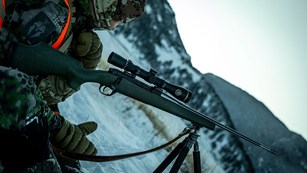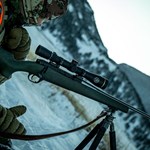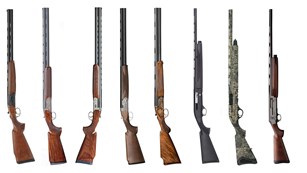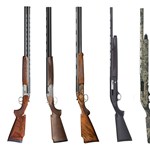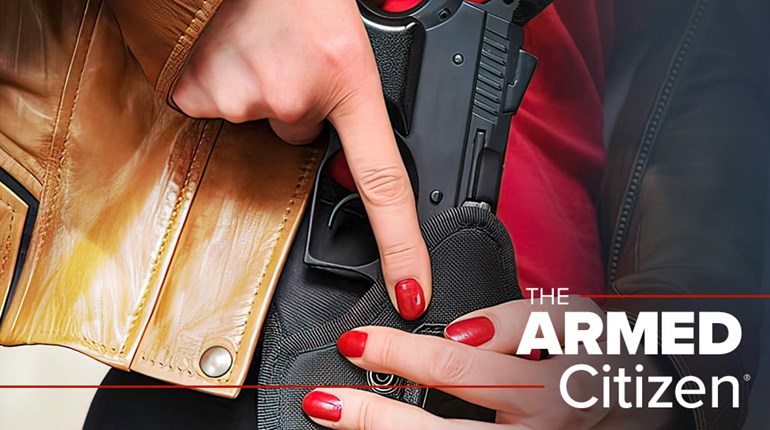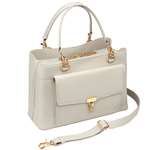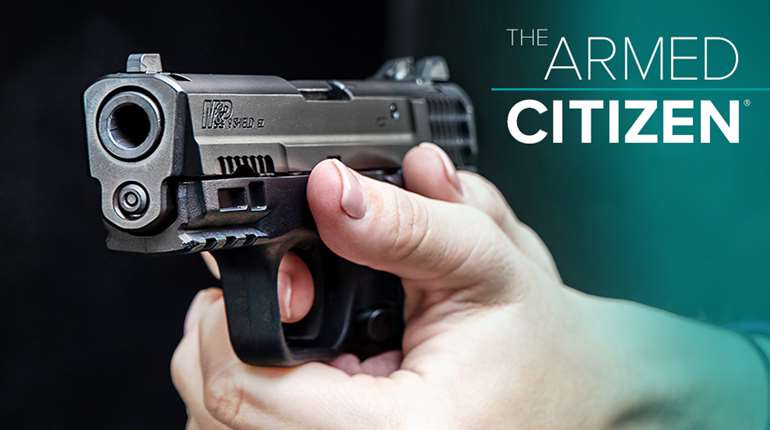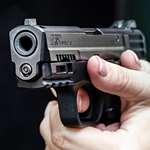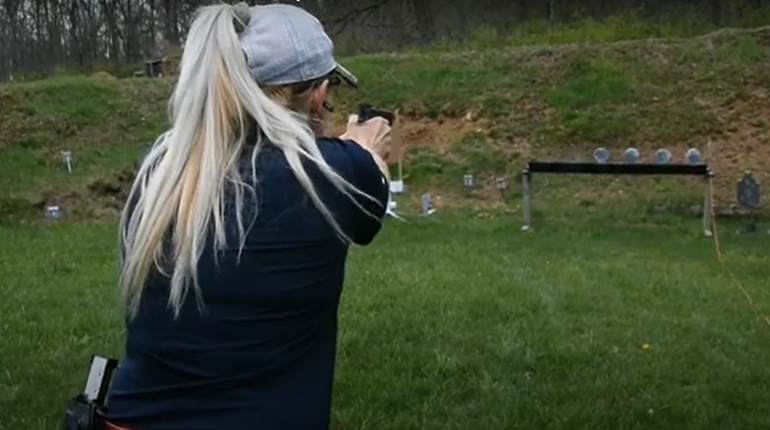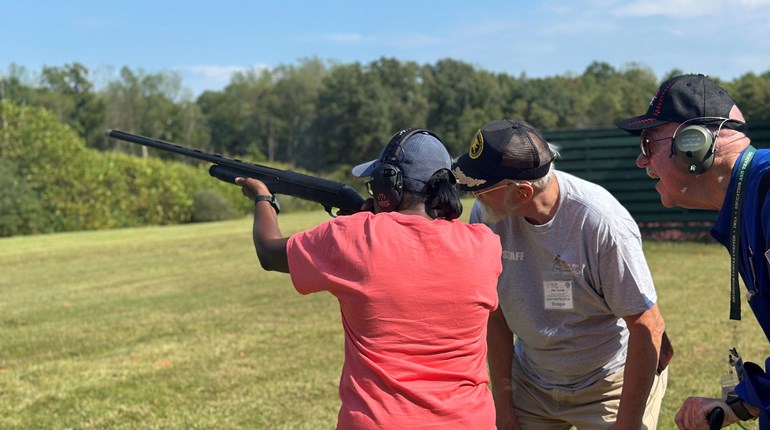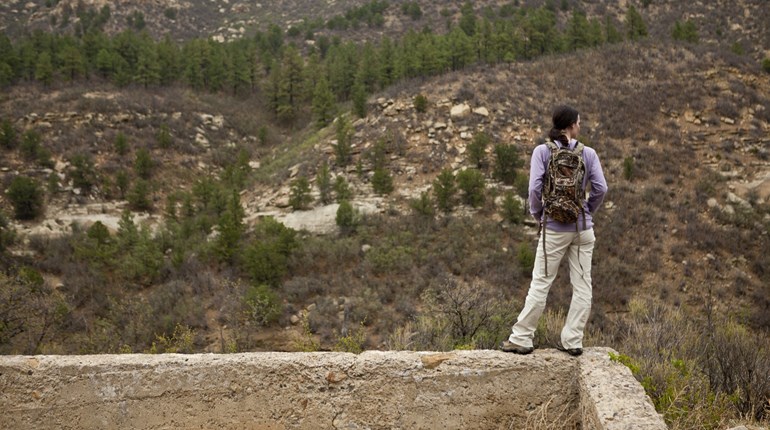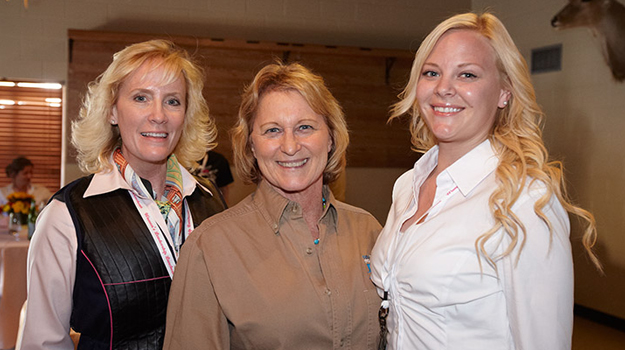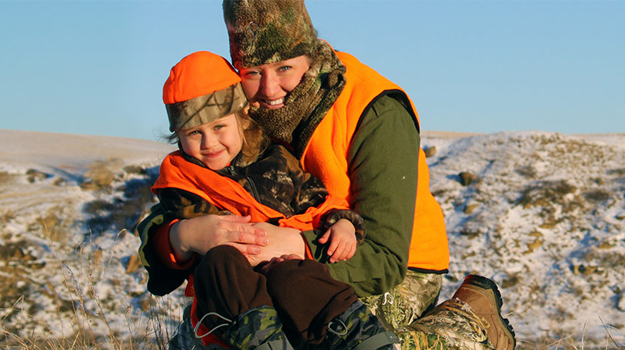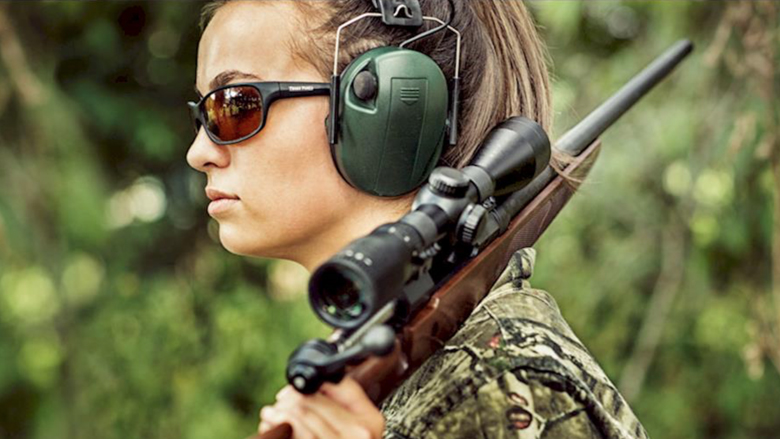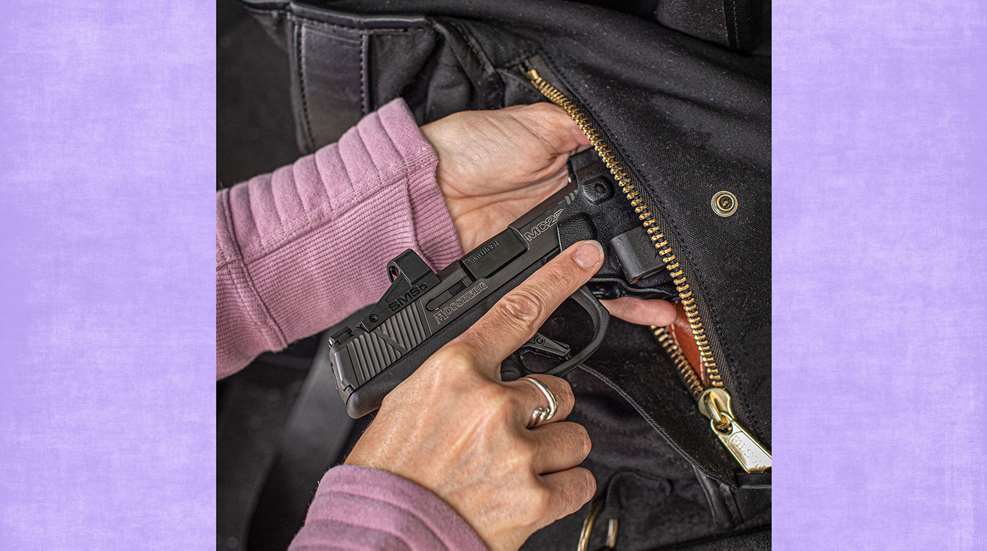
I’ll be honest: I don’t carry a backup gun. I’ve gotten comfortable carrying my concealed handgun, a compact 9mm, but that’s plenty for me to try to hide under still-somewhat-feminine clothing. I don’t carry extra mags on my belt and I’m surely not carrying a second firearm.
However, backup guns (BUGs) are a real thing in the concealed-carry community, and I’m certainly not about to tell anyone they don’t need one. In fact, there are good reasons to carry a second firearm:
- You’ve got extra ammo without carrying or in addition to your extra mags
- You’re still armed if your primary gun goes down
- A second gun can be faster than a reload if your primary gun is a revolver
- A second carry location on your body might be helpful if you are injured or pinned down and somehow can’t access your primary firearm
- If a backup gun is something you’re interested in, there are a few considerations.
Where to Carry a BUG
If you’re serious enough about concealed carry that you’re willing to carry a second gun, I’m going to guess that you carry your primary firearm in the most common and fastest position: On your strong-side hip. Because one of the major advantages of having a second gun is that it allows you different access in case you somehow can’t reach your primary gun, you should carry a backup gun in a different position, preferably on the opposite side of your body (either vertically or horizontally).
That might mean a BUG in an ankle holster or a boot-mounted holster, that you could theoretically reach quickly if you were knocked to your knees or to the ground, depending on how you land. It might mean a BUG in a shoulder holster on your weak side so you could cross-draw with your primary hand. It might mean a BUG on your belt in the appendix or weak-side position intended to be drawn with your weak hand—this gives you draw options if your strong-side hand or arm is injury or obstructed. It might mean a pocket holster if you’ve somehow magically found women’s pants with large, functional pockets.
It might also mean, and I say this with caution because I’m not a big fan, a BUG in your purse. If you are going to carry a firearm off-body in a purse or other bag, there are some special considerations you need to think about. The primary rule is that the gun and therefore the purse must stay under your control at all times. Alltimes.
The thing about most of these carry positions is that they’re not as fast to get to as standard strong-side carry, especially if you’re physically grappling with someone or if you’re injured. That lowers the odds of using your BUG successfully, so you’ll have to give some real consideration to where and how you carry your backup gun to balance accessibility, speed, comfort and concealability.
What to Carry as a Backup
Backup guns are typically small because they’re often carried in deep-concealment positions. A subcompact 9mm is about as large a BUG as you’re likely to want. Small .380 ACP, .25 ACP, .32 ACP semi-autos and lightweight .38 Special revolvers are popular for this, as are .22 LR handguns (also usually revolvers). You can go even smaller with a Derringer or a double-barrel handgun, but at that point you’re limiting yourself to just two shots, and you have to ask if it’s worth doing.
The trouble with small guns like this is that most of them are difficult and uncomfortable to shoot accurately because of their light weight and short sight radius. True, it’s very unlikely that your BUG will ever be pressed into use defensively, but it’s still something to think about, especially as it regards practice at the range.
If You’re Going to Carry a BUG, Practice With It
This is the other reason I don’t carry a BUG—I could already use more (unloaded, safe) draw and dry-fire practice with my primary firearm. The last thing I need is to double my practice time by adding a second gun into the mix. And yes, if you’re going to carry a BUG, you need to practice drawing and presenting it, and you need to shoot it regularly. Otherwise, what’s the point? You might not shoot it as often or practice drawing it as often as you do your primary gun, but you absolutely need to work out the details of how you’re going to get to your BUG from different positions and with either hand, and with different styles of clothing (including a heavy winter coat) on. If you can’t commit to that level of training, a BUG might not be for you.






